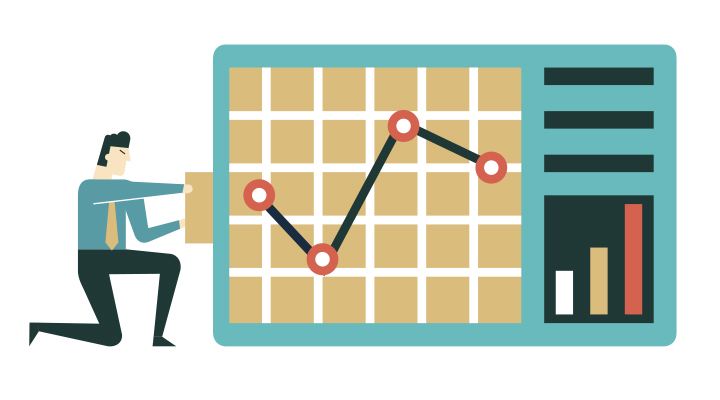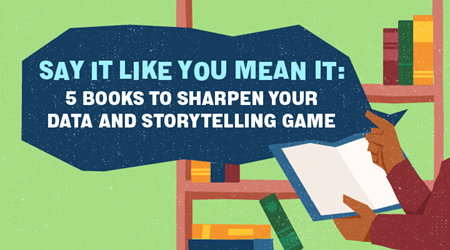Instruction Manual: Government Data Architecture

Jargon Watch
Tech Jargon
WCAG = Web Content Accessibility Guidelines. These are internationally recognised guidelines for making websites useful and accessible to all users. The guidelines are produced by the World Wide Web Consortium, or W3C.
IAM = Identity and Access Management. IAM policies and tools ensure that only authorised people can have access to certain data or technology resources.
Public Service Jargon
DSS = Digital Service Standards. A set of standards for public agencies’ digital services to meet the goal of delivering digital services that are seamless, easy to use, and relevant for citizens and businesses.
GDA = Government Data Architecture. It uses common data standards and formats to facilitate seamless, efficient data sharing across public agencies.
Say It Like This
SQL: Structured Query Language, a programming language used to communicate with a database, such as updating data or retrieving data from a database. Pronounced with its individual letters spelled out or “sequel”.Government Data and Who’s Using Them

Government data most used by members of the public:
- Datasets around HDB pricing
Members of the public can access government data through
- “SingStat Table Builder” by the Department of Statistics:
1,800 datasets from across 60 public agencies - “Data.gov.sg” by the Government Technology Agency (GovTech):
1,800 datasets from across 70 agencies. To date, more than 100 apps have been created using data from Data.gov.sg

Types of government data most used by public officers:
- The Core Data sets available in the Government Data Architecture (GDA) are the most widely used data sets across the whole-of-government.
The Core Data sets cover the four domains of government data:
- Individual
- Business
- Geospatial
- Sensor data

Public agencies that use the GDA datasets the most:
- GovTech’s Data Science and Artificial Intelligence Division
- Strategy Group, Prime Minister’s Office
The first phase of the GDA is implemented to serve policy analysis and planning needs. These agencies use datasets from across the different domains such as individual, business and geospatial to draw insights on policies that have an impact on citizens and businesses.
The top three Public Service professions that use GDA data most:
- Data scientists
- Statisticians
- Policy officers
Get Wired
Tips for Ensuring Data Security

At work, in the Public Service
- Always right classify your documents and data and apply the appropriate data protection measures. For example, use the Secure Email system when sending emails containing highly classified information.
- Do not take shortcuts when it comes to security. For example, do not store work-related documents in unauthorised online storage such as your personal Google Drive out of convenience. Use only the government’s secured collaborative platforms.
- Be vigilant. Look out for signs of potential data incidents and report “near-misses” as well as confirmed data incidents. This allows the Public Service to collectively learn from past mistakes.
In your personal (digital) life
- Strong data security relies on strong IT security. Always update the important software in our personal computers, such as operating systems and antivirus, so that it is harder for hackers to enter your computers to steal your data.
- When in doubt, always check. Do not give away personal information, such as credit card number, to online websites without verifying the authenticity of the website.
- Do not use personal information, such as NRIC or home address postal code, as login IDs or passwords. Such personal IDs make for weak passwords and can be easily cracked.
- POSTED ON
Mar 4, 2020








